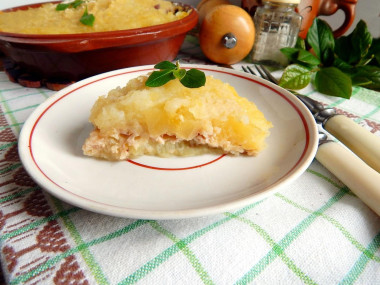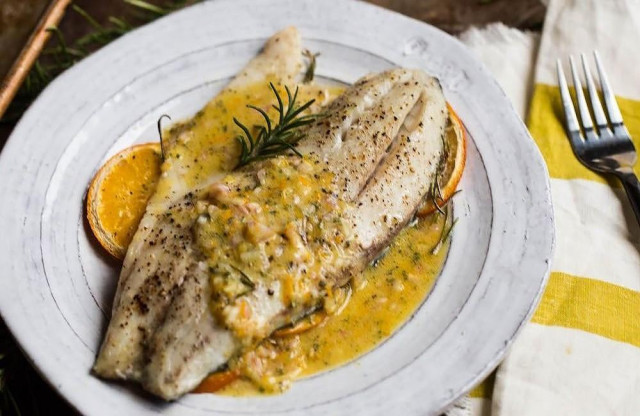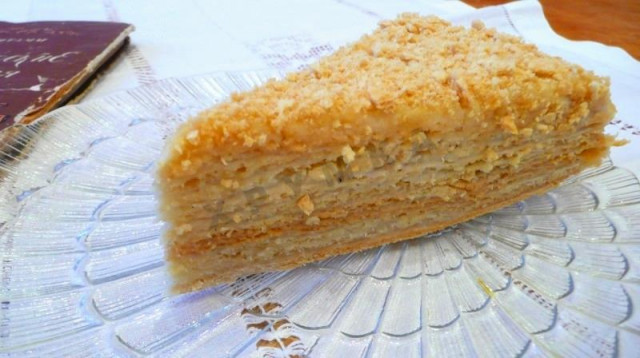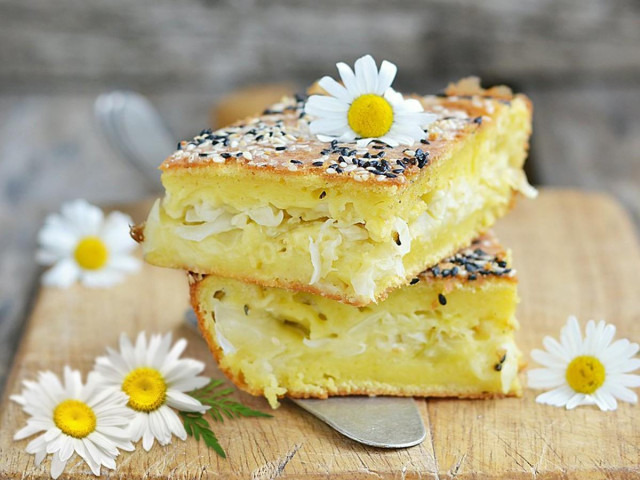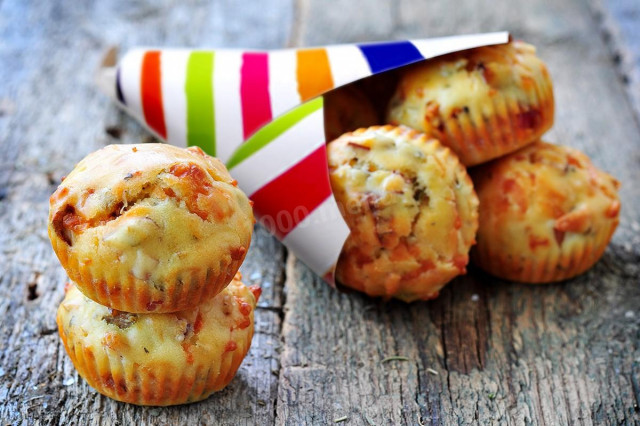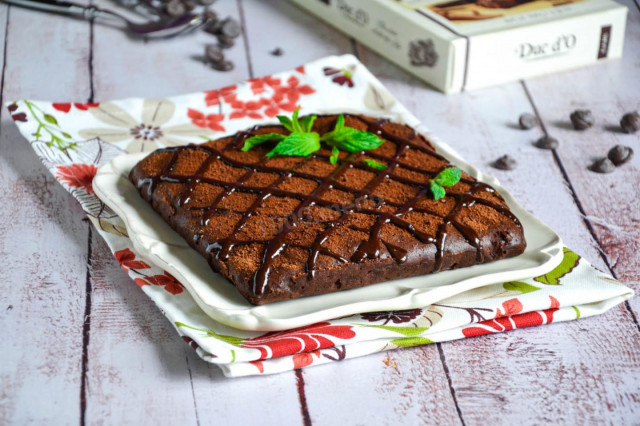Composition / ingredients
Step-by-step cooking
Step 1:
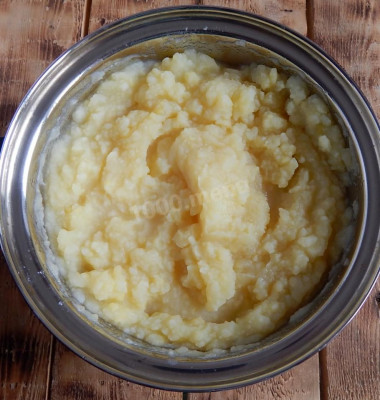
How to make a minced fish casserole? Wash the potatoes, peel them, cut them into large pieces, put them in a saucepan, pour water over them and put them on fire. Cook as a puree, add salt to taste during cooking. Drain the water from the finished potatoes and turn them into mashed potatoes. Add salt and ground black pepper to taste. Let the mashed potatoes cool down a little, beat in the chicken egg, mix thoroughly.
Step 2:

Peel the onion from the husk and finely chop it with a knife.
Step 3:
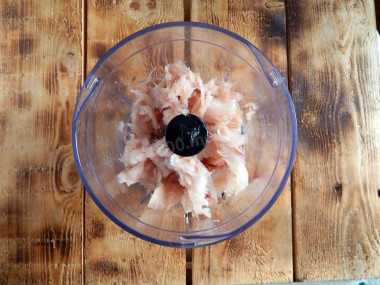
You can use any fish according to taste preferences, you can even buy ready-made minced fish in the store now, but it's still better to make it yourself from fresh fish, it's not difficult. Clean the fish carcass, wash it, remove the skin, spine and large bones. Divide the pulp into pieces and put it in a blender bowl. Chop the meat to a puree.
Step 4:
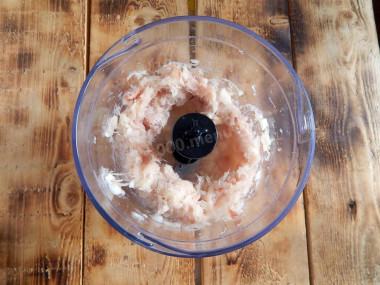
Beat in a chicken egg, add chopped onion, salt and ground black pepper to taste. Mix again and scroll with a blender until the minced meat is homogeneous in consistency.
Step 5:
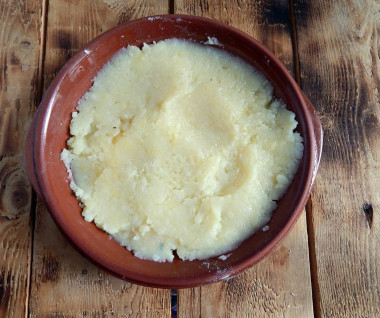
Grease the baking dish with butter. Lay out most of the mashed potatoes.
Step 6:

Spread the minced fish evenly on top of the potato layer.
Step 7:
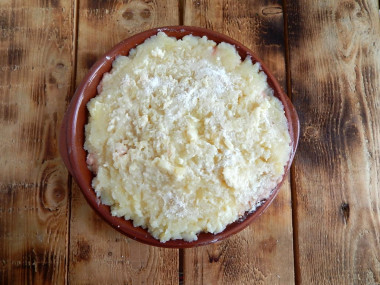
And cover the fish filling with potatoes again. Sprinkle hard cheese grated on a fine grater on top. You can simply smear it with sour cream or mayonnaise so that the casserole gets a beautiful blush.
Step 8:

Preheat the oven to 180 degrees. Put the casserole in the oven for 30 minutes. You need to focus on the work of your oven, the volume of the form and the number of ingredients. The casserole should be browned on top. Take it out of the oven, let it cool down a little and serve it to the table.
Step 9:
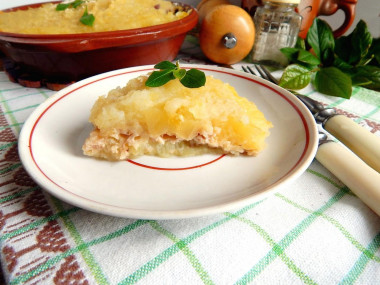
If desired, a fish casserole can be served with any sauce or mayonnaise, fresh or pickled vegetables, fresh herbs and bread. Enjoy your meal!
How to properly cut a whole fish into fillets? Remove the tail, head and fins. Cut the carcass along the spine to the spine. Turn it on its side. With a sharp knife, cut the meat from the backbone bone. Turn the carcass over and cut the fillet from the other side. Clean the inside by removing the black film, as it is bitter and will spoil the taste. Rinse and be sure to dry well.
Keep in mind that everyone's ovens are different. The temperature and cooking time may differ from those specified in the recipe. To make any baked dish successful, use useful information about the features of ovens !
Any cheese is suitable for this dish — hard, semi-hard, soft, like mozzarella. The main thing is that it is tasty, high-quality, without milk fat substitutes and melts well.
Caloric content of the products possible in the composition of the dish
- Ripe potatoes - 80 kcal/100g
- Baked potatoes - 70 kcal/100g
- Mashed potatoes - 380 kcal/100g
- Boiled potatoes - 82 kcal/100g
- Potatoes in uniform - 74 kcal/100g
- Fried potatoes - 192 kcal/100g
- Boiled pollock - 79 kcal/100g
- Pollock fresh - 72 kcal/100g
- Dutch cheese - 352 kcal/100g
- Swiss cheese - 335 kcal/100g
- Russian cheese - 366 kcal/100g
- Kostroma cheese - 345 kcal/100g
- Yaroslavsky cheese - 361 kcal/100g
- Altai cheese 50% fat content - 356 kcal/100g
- Soviet cheese - 400 kcal/100g
- Cheese "steppe" - 362 kcal/100g
- Uglich cheese - 347 kcal/100g
- Poshekhonsky cheese - 350 kcal/100g
- Lambert cheese - 377 kcal/100g
- Appnzeller cheese with 50% fat content - 400 kcal/100g
- Chester cheese with 50% fat content - 363 kcal/100g
- Edamer cheese with 40% fat content - 340 kcal/100g
- Cheese with mushrooms of 50% fat content - 395 kcal/100g
- Emmental cheese with 45% fat content - 420 kcal/100g
- Gouda cheese with 45% fat content - 356 kcal/100g
- Aiadeus cheese - 364 kcal/100g
- Dom blanc cheese (semi-hard) - 360 kcal/100g
- Lo spalmino cheese - 61 kcal/100g
- Cheese "etorki" (sheep, hard) - 401 kcal/100g
- White cheese - 100 kcal/100g
- Fat yellow cheese - 260 kcal/100g
- Altai cheese - 355 kcal/100g
- Kaunas cheese - 355 kcal/100g
- Latvian cheese - 316 kcal/100g
- Limburger cheese - 327 kcal/100g
- Lithuanian cheese - 250 kcal/100g
- Lake cheese - 350 kcal/100g
- Gruyere cheese - 396 kcal/100g
- Ground black pepper - 255 kcal/100g
- Butter 82% - 734 kcal/100g
- Amateur unsalted butter - 709 kcal/100g
- Unsalted peasant butter - 661 kcal/100g
- Peasant salted butter - 652 kcal/100g
- Melted butter - 869 kcal/100g
- Salt - 0 kcal/100g
- Onion - 41 kcal/100g
- Chicken egg - 80 kcal/100g


